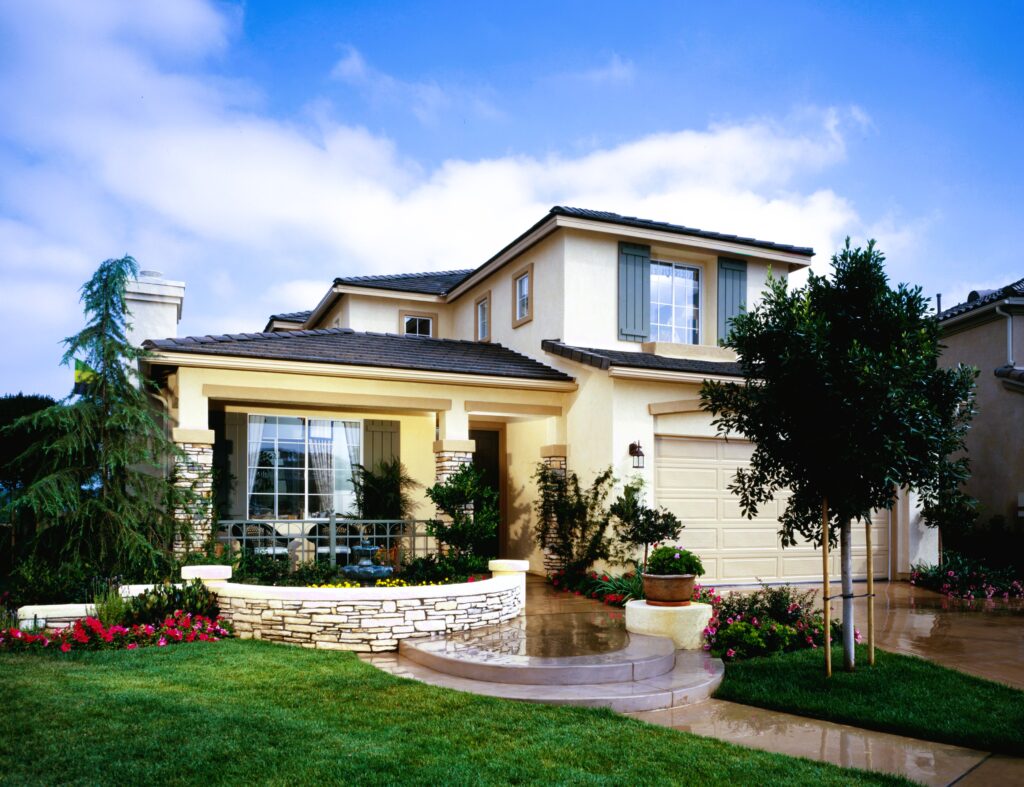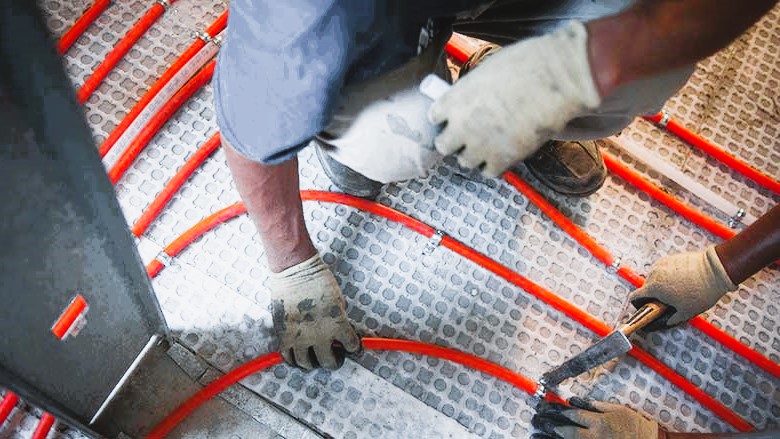Hydronic heating is a highly efficient and effective heating system that provides comfortable warmth for modern homes in Canada. This system utilizes heated water to distribute heat throughout the house, offering energy-efficient and consistent warmth. In this article, we will explore the benefits and working principles of hydronic heating, as well as its suitability for Canadian homes.
1. How Hydronic Heating Works:
Hydronic heating systems operate by circulating heated water through a network of pipes installed in the walls, floors, or baseboards of a building. The water is heated in a boiler or other heat source, and then it is pumped through the system, transferring heat to the surrounding surfaces. The heated surfaces then radiate warmth into the room, providing a comfortable and even heating experience.

2. Benefits of Hydronic Heating:
Hydronic heating offers several advantages over traditional heating systems, making it a popular choice for modern Canadian homes:
- Energy Efficiency: Hydronic heating is known for its exceptional energy efficiency. By utilizing water as the heat transfer medium, hydronic systems can operate at lower water temperatures compared to forced-air systems, resulting in reduced energy consumption and lower utility bills.
- Comfort and Even Heating: Hydronic heating provides comfortable and even heat distribution throughout the house. The radiant heat emitted from the heated surfaces creates a cozy and uniform warmth, eliminating cold spots and drafts commonly experienced with forced-air systems.
- Versatile Applications: Hydronic heating systems can be installed in various configurations to suit different types of homes and spaces. Whether it’s in-floor heating, wall-mounted radiators, or baseboard heaters, hydronic systems offer flexibility in design and can be tailored to match the specific needs and aesthetics of the home.
- Quiet and Dust-Free Operation: Hydronic heating systems operate silently, unlike forced-air systems that can produce noise from blowing air. Additionally, hydronic systems do not rely on air movement to distribute heat, reducing the circulation of dust, allergens, and pollutants in the air and promoting better indoor air quality. Like the article? Read also about energy-efficient heat from scratch, in the article about Underfloor heating.
3. Energy Efficiency and Hydronic Heating in Canada:

Hydronic heating systems are particularly well-suited for Canadian homes due to the country’s cold climate and the need for reliable and energy-efficient heating solutions. Here are some additional factors that contribute to the energy efficiency of hydronic heating:
- Compatibility with Renewable Energy Sources: Hydronic systems can be easily integrated with renewable energy sources such as solar thermal panels or geothermal heat pumps. This synergy allows homeowners to harness clean and renewable energy, further enhancing the energy efficiency and sustainability of the heating system.
- Zoning Capability: Hydronic heating systems can be divided into zones, enabling independent temperature control for different areas of the house. This zoning capability allows homeowners to optimize energy consumption by only heating occupied spaces, leading to energy savings.
For more information on hydronic heating, you can refer to the Wikipedia.
Hydronic heating offers energy-efficient, comfortable, and versatile heating for modern Canadian homes. Whether it’s a new construction or retrofitting an existing home, hydronic heating systems provide an efficient and reliable solution for creating a cozy and warm living environment.
